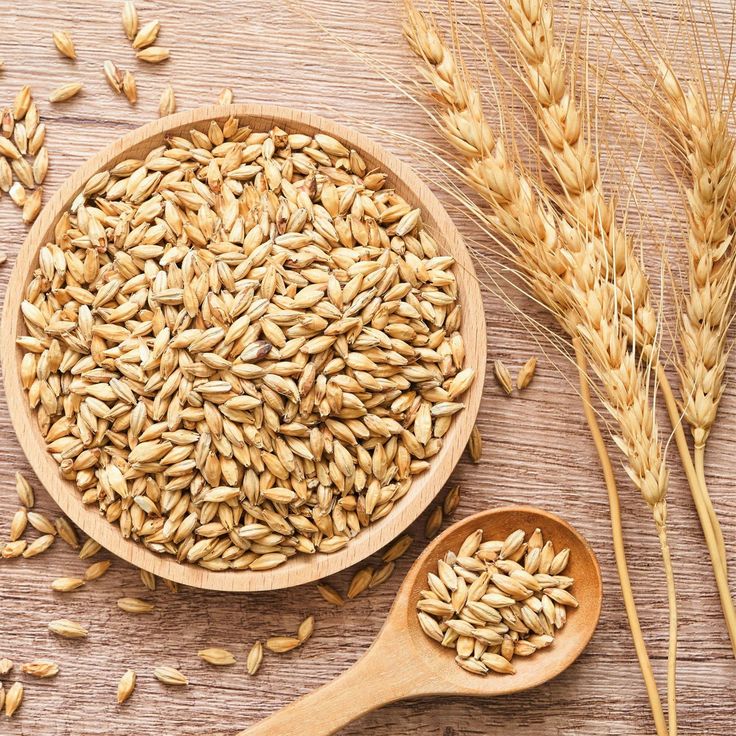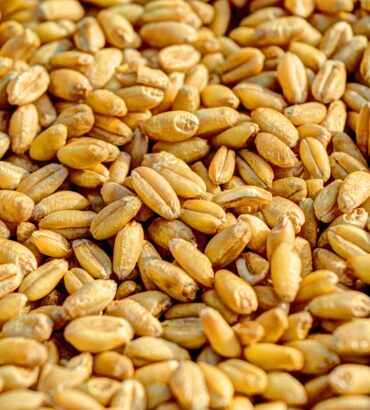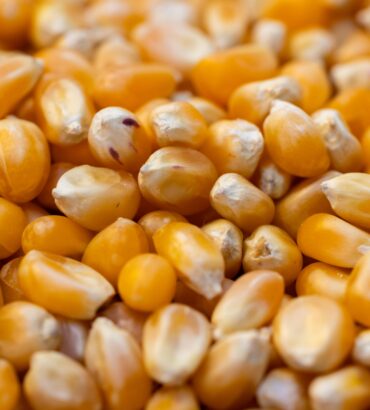Barley
Barley is a versatile cereal grain that has been cultivated for thousands of years. It’s known for its nutty flavor and chewy texture. Barley is used in a variety of foods and beverages, including soups, stews, and malt for brewing beer. It is rich in dietary fiber, vitamins, and minerals, making it a nutritious addition to many diets. Its ability to grow in diverse climates also makes it an important crop worldwide.
Barley is a versatile and nutritious grain that’s widely used in various industries, including food, animal feed, and brewing.
1. Overview: Barley (Hordeum vulgare) is a cereal grain that has been cultivated for thousands of years. It is valued for its high nutritional content, including proteins, vitamins, and minerals. Barley is used in a variety of products such as flour, soups, stews, and as a primary ingredient in brewing beer and malt.
2. Types:
- Two-Row Barley: Known for its high yield and quality malt production. Commonly used in brewing.
- Six-Row Barley: Contains higher protein levels and is often used in animal feed and as a food ingredient.
- Hulless Barley: Has a thinner husk and is easier to process, making it suitable for food products and health foods.
3. Quality Parameters:
- Moisture Content: Typically between 12-14%. Lower moisture content is preferred to ensure longer shelf life.
- Purity: High purity levels are crucial for maintaining quality. Export barley should be free from foreign seeds, stones, and other impurities.
- Kernel Size: Consistent size and shape are important for processing and end-use quality.
- Protein Content: Generally ranges from 9-14%, depending on the variety and growing conditions.
4. Nutritional Benefits:
- Rich in Fiber: High in dietary fiber, particularly beta-glucan, which is beneficial for heart health and digestion.
- Vitamins and Minerals: Contains essential nutrients like vitamins B, iron, magnesium, and phosphorus.
- Antioxidants: Includes antioxidants that can help protect cells from damage.
5. Packaging and Storage:
- Packaging: Usually packed in bulk or in 50 kg bags for ease of transport. Packaging should be robust to prevent contamination and damage during transit.
- Storage Conditions: Barley should be stored in a cool, dry place to prevent mold growth and pest infestations. Proper ventilation and moisture control are essential.
6. Compliance and Certification:
- Standards: Barley must meet international quality standards and regulations for export. This includes adherence to phytosanitary regulations and obtaining necessary certifications.
- Organic Certification: If the barley is organic, it should be certified by relevant organic certification bodies.
- Certificates of Origin: Proof of the barley’s origin and adherence to trade regulations.
- Quality Certificates: Documentation that verifies the quality and safety of the barley.
- Phytosanitary Certificates: Ensure that the barley is free from pests and diseases.







There are no reviews yet.